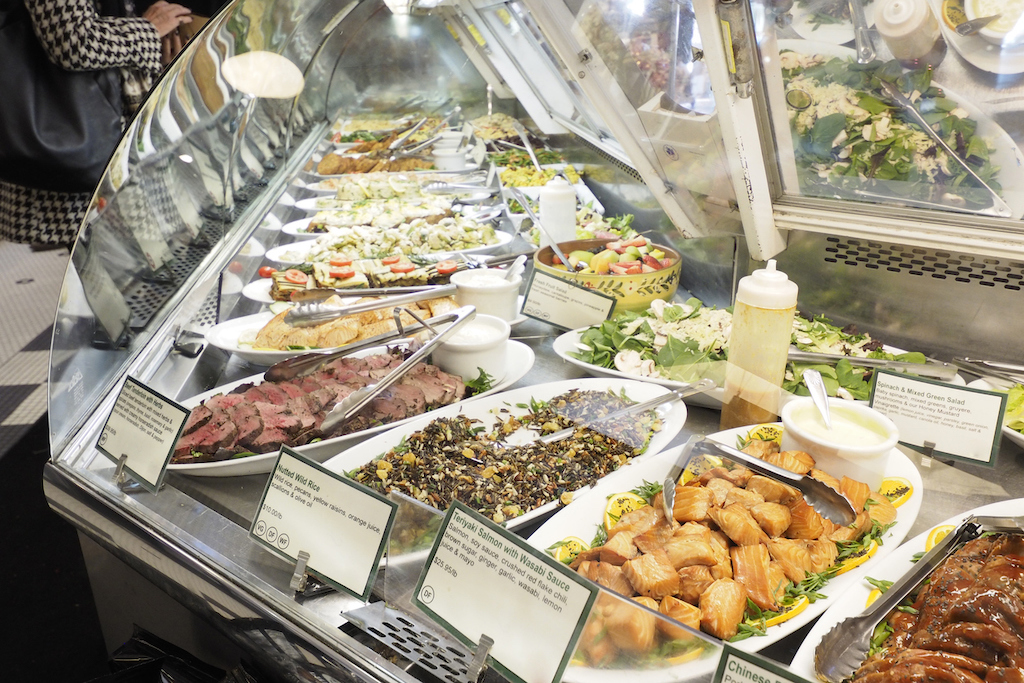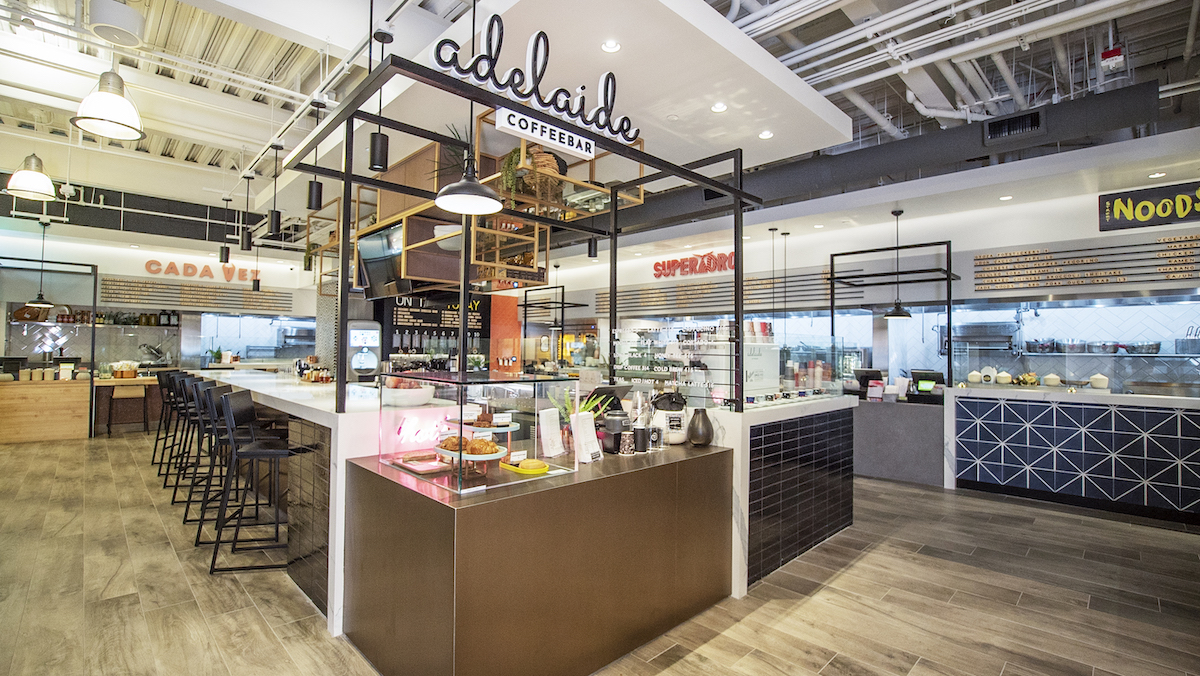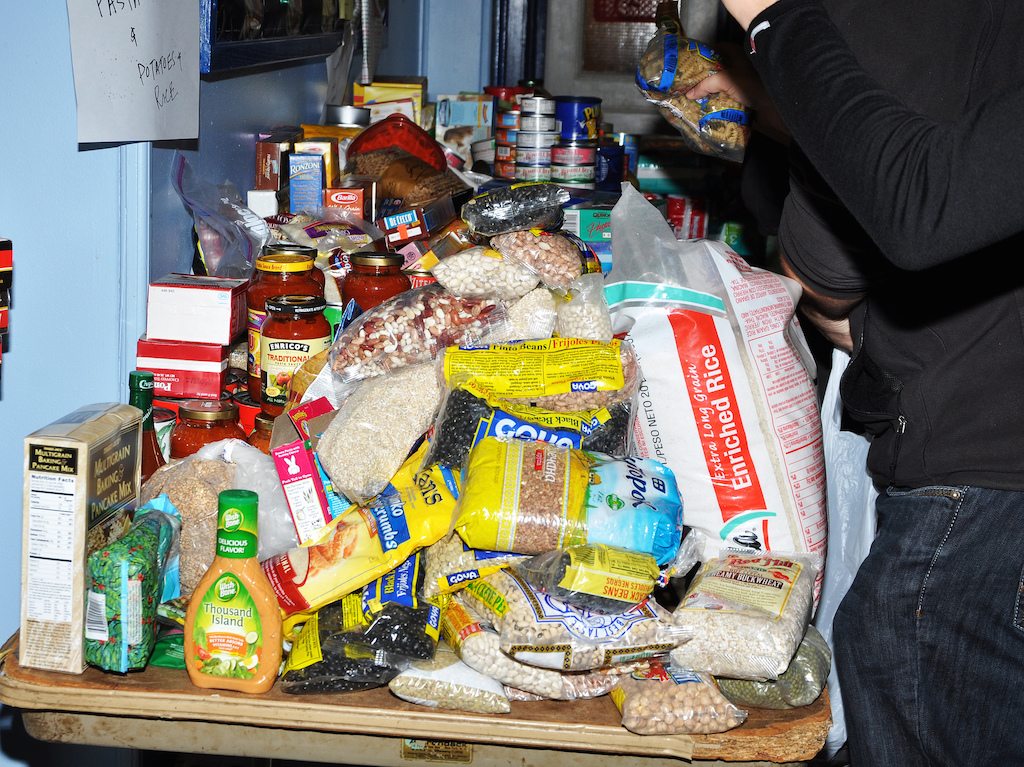
fotofrog/iStock
In Illinois, disabled, elderly, and homeless food stamps recipients may soon be able to spend their benefit dollars at participating restaurants—a rarity in America.
Under House Bill 3343, which sailed through the state Senate with bipartisan support on Friday, restaurants and grocery stores could choose to accept Supplemental Nutrition Assistance Program (SNAP) payments for items like deli sandwiches, hot meals, and other prepared foods—items that are not currently SNAP-eligible. The bill is now waiting to be signed into law by Illinois Governor J.B. Pritzker, a Democrat.
Only a fraction of the 1.8 million people in Illinois who receive SNAP benefits would be able to participate, The Chicago Tribune explains. That’s because 14 percent of households include someone who is disabled, 10 percent an elderly member, and less than 1 percent have a homeless member, categories that overlap. But for those more vulnerable individuals and their families, the bill, if signed into law, could prove to be a boon.
For years, anti-hunger advocates have said limiting SNAP to groceries doesn’t do much to help homeless recipients who don’t have kitchens, or people who are physically unable to cook their own meals. Having the option to buy food from the hot bar at a grocery store, or getting a meal at a participating restaurant, could be “the difference between eating and not eating,” Nolan Downey, an attorney with the Sargent Shriver National Center on Poverty Law, tells the Greater Chicago Food Depository. Both of those groups, along with the Chicago Coalition for the Homeless, and the Heartland Alliance, have backed the Illinois bill.
All states have the ability to opt in to the Restaurant Meals Program, a federal government initiative that allows qualified elderly, disabled, and homeless SNAP recipients to use benefits at participating restaurants. But few have chosen to do so. If House Bill 3343 is signed into law, Illinois would join only four other states to implement some version of the program. It would be only the second state—after Arizona—to adopt the program statewide, rather than through a patchwork of municipalities. And it would be the first to enshrine participation into law through legislation, rather than accomplishing the change administratively. (The Maryland legislature has passed a similar bill that’s now waiting to be signed by Governor Larry Hogan, a Republican.)
Across the country, SNAP recipients are limited to spending their benefits, which are around $126 per person monthly, on groceries. It’s been that way since the passage of the 1977 farm bill, which prohibited people from using food stamps dollars on hot meals. “The logic, as explained by the Department of Agriculture, is that food stamps are intended to help provide food for home consumption, not food generally,” the Washington Post explains.
But that same farm bill also gave states the opportunity to opt into the Restaurant Meals Program, under the condition that it was limited to those particularly vulnerable food stamp recipients. It’s not quite clear why so few states have chosen to participate, but some counties and cities have taken matters into their own hands.
In Providence County, Rhode Island, eight Subways and one Walmart participate in the Restaurant Meals Program, according to the University of Rhode Island SNAP Outreach project. Ten California counties, including some of the state’s most populous and most urban, participate in the program, according to a state Electronic Benefit Transfer office. Lists posted by Alameda, San Francisco, and Los Angeles social service agencies, for instance, show that most of the participants are fast-food chains, though they do include some local restaurants and cafés, including one at the City College of San Francisco. Florida appears to offer a more limited version of the program, available only to homeless SNAP recipients in Alachua County, according to the blog Low Income Relief.
The only state to fully adopt the program is Arizona, which did so administratively, rather than through legislation, says Ashley St. Thomas, the public policy manager of the Association of Arizona Food Banks. While a list posted by the state’s Department of Economic Security indicates that most of the hundreds of participating restaurants are fast-food chains, St. Thomas says that some grocery stores, such as Safeway, also participate by offering deli sandwiches. That would make sense—as we’ve reported, SNAP represents big money for grocery stores, and they’re more likely than restaurants to already accept food assistance dollars.
That said, the offerings in the state’s Restaurant Meals Program are dominated by fast food—“the places that offer $10 salads will take up a large portion of the SNAP benefit,” she says. Nor does the list of participating restaurants include more than a handful of full-service establishments.
Sonya Harper, the Democratic Congresswoman who sponsored Illinois’s bill, told the Tribune that she doesn’t expect many fast food restaurants to participate, and is instead focused on efforts to allow recipients to use their benefits to buy prepared food from grocery stores, such as hot rotisserie chicken, or from a hot bar. She didn’t respond to a request for comment from The New Food Economy.
Her bill is currently on the Governor’s desk. If he signs it, the state’s Department of Human Services will implement the program no later than January 1, 2020.








